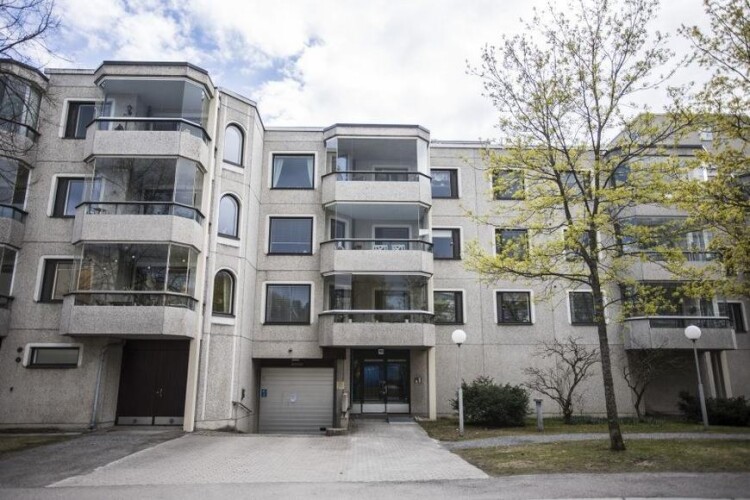Skanska is involved in the international project as part of the Finnish cluster of research and will be testing ways of reusing parts of a condemned building in Tampere.
Finland’s Tampere University is coordinating the ReCreate project, which aims to discover how used concrete elements can be removed without damage for profitable reuse in new buildings. The four-year project has received €12.5m of funding under the EU’s Horizon 2020 programme.
“We are specifically looking to reuse the concrete elements as a whole, not as raw material for something new,” says Satu Huuhka, adjunct professor in the Faculty of Built Environment at Tampere University, who leads the ReCreate project.
The project involves universities and regional company clusters in four countries: Finland, Sweden, the Netherlands and Germany. The communications partner is the Croatia Green Building Council. All the country clusters will carry out their own pilot projects where they deconstruct precast concrete elements intact and reuse them in a new building.

The Finnish country cluster comprises Tampere University, construction company Skanska, demolition company Umacon, precast concrete company Consolis Parma, engineering and consultancy company Ramboll, architecture firm Liike Oy Arkkitehtistudio and the City of Tampere. In Finland, the test projects will be carried out by Skanska in the centre of Tampere where the plan is to reuse and recycle the materials of a condemned building as versatilely as possible.
Researchers at the Faculty of Built Environment have been carrying out research on the circular economy in construction for a decade. In addition, long-term research on renovation and the lifecycle engineering of structures provides a foundation for the development of quality assurance procedures that will ensure the safety and integrity of the reused elements. The researchers will explore not only the technical implementation of the solutions but also the business perspective.
“There are many questions to be answered,” said Huuhka. “How do we deconstruct the elements from buildings without damaging them? How do we assess their structural integrity? How do we recertify the salvaged elements and turn them into a product that meets the building code requirements? How can we turn items, which are not of uniform quality, into a viable business? We must also consider the social aspects: does the process require new skills or new ways of working?”
“Skanska is an active player and a pioneer in the design and implementation of sustainable solutions for the construction industry,” said Toni Tuomola from Skanska. “For us, this is an important development project that promotes the utilisation of demolition waste. Traditionally, the materials of condemned buildings are demolished and crushed, and the crushed concrete is, for example, recycled as a secondary aggregate to build new streets. Most of the CO2 emissions from the materials of a concrete-framed building are caused by the production of concrete and steel. The ReCreate project is looking for solutions that enable reusing building components and can therefore significantly reduce the carbon footprint of new construction. ReCreate is one of the essential steps on Skanska’s carbon roadmap towards climate neutrality alongside smart energy solutions and other emission reduction measures.”
Got a story? Email news@theconstructionindex.co.uk



